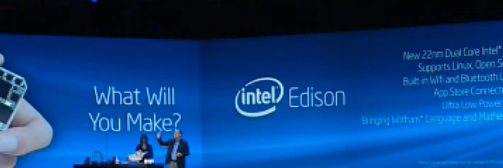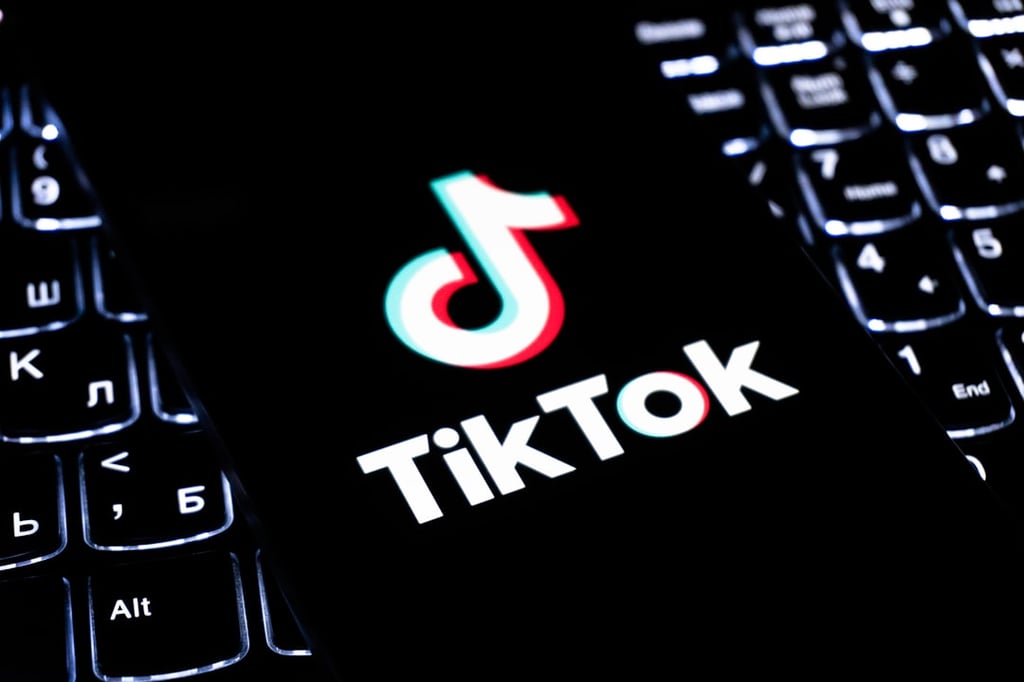Intel wants to be inside — everything. That’s the message coming from Intel’s CEO Brian Krzanich. In a 2014 Consumer Electronics Show (CES) keynote delivered Monday night, Krzanich demonstrated an array of innovative technologies from Intel that firmly place the silicon giant at the forefront of the new wearable computing and mobile technology revolution. At […]
Datamation content and product recommendations are
editorially independent. We may make money when you click on links
to our partners.
Learn More
Intel wants to be inside — everything.
That’s the message coming from Intel’s CEO Brian Krzanich. In a 2014 Consumer Electronics Show (CES) keynote delivered Monday night, Krzanich demonstrated an array of innovative technologies from Intel that firmly place the silicon giant at the forefront of the new wearable computing and mobile technology revolution.
At the core of Krzanich’s keynote was the announcement and demonstration of new silicon called Edison, which is based on Intel’s Quark effort that brings x86 computing down to the embedded computing form factor. The Edison is the size of a standard SD-flash memory card and provides what Krzanich describes as Pentium-class computing capabilities. Edison is a 22-nanometer process based chip and initially will be available with a dual core and include Wi-Fi and Bluetooth connectivity options. Edison will be at the core of a host of new smart connected devices that Intel want to help bring to market.
“We want to make everything smart, that’s what Intel does,” Krzanich said.
During his keynote Krzanich demonstrated how the Intel Edison chip could be used in smart baby monitoring solution. In the demo, an Edison chip was embedded with the baby monitor and then connected to an Intel Smart Coffee Cup, which was also Edison powered. The smart coffee cup display changed to reflect the status of the baby monitor.
Intel also demonstrated its own smart earphone technology called Jarvis, which includes a smart assistant somewhat similar to Apple’s Siri technology.
In a bid to further boost innovation, Intel announced the ‘Make it Wearable’ contest, which promises up to $1.3 million in prizes for new ideas for wearable technologies that could be powered by Intel’s Edison.
Krzanich also admitted that he recognizes that security can potentially become an issue when it comes to the new era of pervasive mobile and wearable computing. To that end, Intel will continue to emphasize its mobile security technology from McAfee. Going a step further, Krzanich announced that McAfee Software for mobile devices will be free in a bid to help grow the whole ecosystem.
Android and Windows
While the emerging world of wearable computing is still very new, there is another challenge that consumers face as they try and meld their existing Windows habits with mobile. To help solve that challenge, Krzanich announced a new Intel dual-boot technology that will enable consumers to have both Microsoft Windows as well as Google’s Android on a single device and be able to seamlessly switch between the two operating systems as needed.
“You don’t have to make a choice moving forward – you can have both,” Krzanich said.

Intel’s CEO Brian Krzanich (Photo by Sean Michael Kerner)
Sean Michael Kerner is a senior editor at Datamation and InternetNews.com. Follow him on Twitter @TechJournalist
Article graphic courtesy of Shutterstock.
-
Huawei’s AI Update: Things Are Moving Faster Than We Think
FEATURE | By Rob Enderle,
December 04, 2020
-
Keeping Machine Learning Algorithms Honest in the ‘Ethics-First’ Era
ARTIFICIAL INTELLIGENCE | By Guest Author,
November 18, 2020
-
Key Trends in Chatbots and RPA
FEATURE | By Guest Author,
November 10, 2020
-
Top 10 AIOps Companies
FEATURE | By Samuel Greengard,
November 05, 2020
-
What is Text Analysis?
ARTIFICIAL INTELLIGENCE | By Guest Author,
November 02, 2020
-
How Intel’s Work With Autonomous Cars Could Redefine General Purpose AI
ARTIFICIAL INTELLIGENCE | By Rob Enderle,
October 29, 2020
-
Dell Technologies World: Weaving Together Human And Machine Interaction For AI And Robotics
ARTIFICIAL INTELLIGENCE | By Rob Enderle,
October 23, 2020
-
The Super Moderator, or How IBM Project Debater Could Save Social Media
FEATURE | By Rob Enderle,
October 16, 2020
-
Top 10 Chatbot Platforms
FEATURE | By Cynthia Harvey,
October 07, 2020
-
Finding a Career Path in AI
ARTIFICIAL INTELLIGENCE | By Guest Author,
October 05, 2020
-
CIOs Discuss the Promise of AI and Data Science
FEATURE | By Guest Author,
September 25, 2020
-
Microsoft Is Building An AI Product That Could Predict The Future
FEATURE | By Rob Enderle,
September 25, 2020
-
Top 10 Machine Learning Companies 2020
FEATURE | By Cynthia Harvey,
September 22, 2020
-
NVIDIA and ARM: Massively Changing The AI Landscape
ARTIFICIAL INTELLIGENCE | By Rob Enderle,
September 18, 2020
-
Continuous Intelligence: Expert Discussion [Video and Podcast]
ARTIFICIAL INTELLIGENCE | By James Maguire,
September 14, 2020
-
Artificial Intelligence: Governance and Ethics [Video]
ARTIFICIAL INTELLIGENCE | By James Maguire,
September 13, 2020
-
IBM Watson At The US Open: Showcasing The Power Of A Mature Enterprise-Class AI
FEATURE | By Rob Enderle,
September 11, 2020
-
Artificial Intelligence: Perception vs. Reality
FEATURE | By James Maguire,
September 09, 2020
-
Anticipating The Coming Wave Of AI Enhanced PCs
FEATURE | By Rob Enderle,
September 05, 2020
-
The Critical Nature Of IBM’s NLP (Natural Language Processing) Effort
ARTIFICIAL INTELLIGENCE | By Rob Enderle,
August 14, 2020
SEE ALL
ARTICLES
SMK
Sean Michael Kerner is an Internet consultant, strategist, and contributor to several leading IT business web sites.








